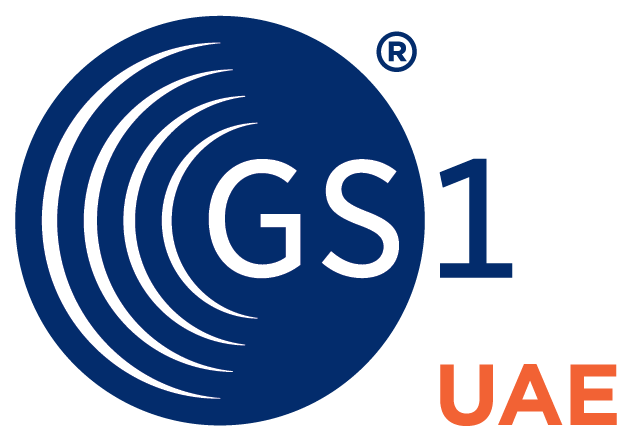Since 1973, we have opened offices in over 118 countries and amassed more than 2 million members using supply chain standards that make business easier. Learn about key dates in our history.
How we got here
It all began with a barcode
Beep! On 26 June 1974, a packet of chewing gum became the first barcoded product to be scanned in store. Today, barcodes play a crucial supply chain role, ensuring products hit retail shelves at the right times.
We manage the barcode standard used by retailers, manufacturers and suppliers. If you want to put a barcode on an item that can be scanned anywhere in the world, you need to talk to us.

1971
Industry Agreement to Collaborate
Industry leaders agree to use a “universal product code” for product identification. This identifier is called the Global Trade Item Number, or GTIN, today.
1973
The barcode standard is agreed
Industry leaders in the US select a single standard for product identification. Still used today, it’s known as the GS1 barcode.
1974
The first barcode is scanned
On 26 June, a packet of chewing gum becomes the first barcoded product to be scanned in a supermarket.
1977
The GS1 system is launched
The European Article Numbering (EAN) Association — later called GS1 — opens an office in Brussels. Its founding members launch an identification system to improve supply chain efficiency.
1983
Barcodes are used on wholesale multi-packs
As barcodes have proved their reliability and usefulness in real-world environments, they are extended and used on product outer cases.
1989
GS1 moves beyond barcodes
With wide area networks making an impact on supply chains, we create our first international standard for electronic data interchange.
1990
Responsibilities grow
The US and international arms of GS1 come together formally, creating a single organisation with a presence in 45 countries.
1995
First healthcare standards created
We expand our work into the healthcare sector, working closely with healthcare bodies and providers.
2000
GS1 UAE office opens
With the GS1 UAE office opening at the start of the century, GS1 doubles the number of countries with a local presence in just ten years.
2002
Global standards forum launched
Our Global Standards Management Process is launched. This global forum gives GS1 members one place to discuss standards.
2004
The first standard for RFID is created
With Radio Frequency Identification (RFID) Chips becoming more common, we create a standard for their implementation and use.
2007
First 500 customers for GS1 UAE
GS1 UAE gets its first 500 customers since opening its office.
2007
GS1 enters the business-to-consumer world
As ecommerce grows, we begin to create open standards that give consumers direct access to key product information.
2013
A 40-year celebration
With a presence in over 100 countries and more than a million members, we celebrate 40 years of the global language of business.
2016
Global GS1 Healthcare Conference in Dubai
Dubai hosts the 2016 Global GS1 Healthcare Conference with nearly 300 attendees from 40+ countries.
2017
GS1 UAE launches BrandSync
GS1 UAE launches its BrandSync platform, a smart, collaborative, and efficient product information and management hub.
2019
GS1 MEMA Regional Forum
The GS1 MOs from the MEMA region meet in Dubai to discuss the status of regional projects and how they can respond to challenges in the region.
2020
50 years of the GTIN
GS1 celebrates 50 years of the Global Trade Item Number! An iconic moment in history.
2021
1500 customers for GS1 UAE
GS1 UAE marks a total of 1500 customers in 2021.
2023
50 years of the barcode!
GS1 celebrates half a century of the barcode empowering digital transformation since its inception in 1973.
2025
20 years of GS1 healthcare!
Celebrating 20 years of progress, partnership, and the power of one barcode with GS1 Healthcare: One scan at a time!
2025
GS1 UAE hosts landmark UDI Stream
GS1 UAE hosted a workshop that addressed critical challenges and explored new opportunities around UDI adoption in the UAE.






